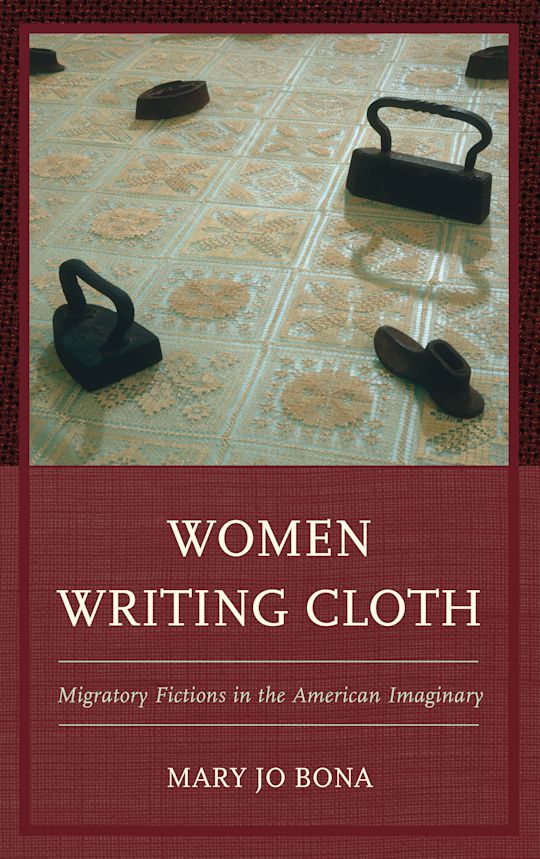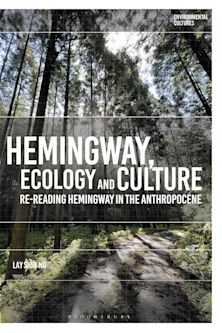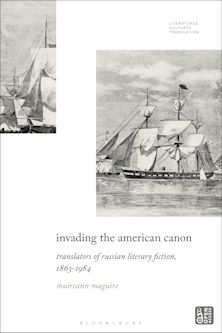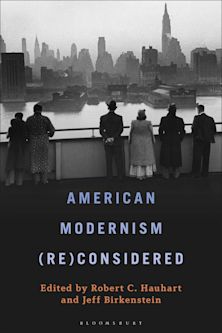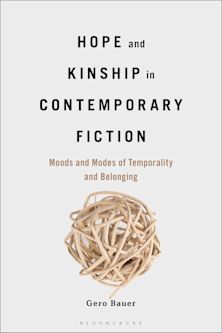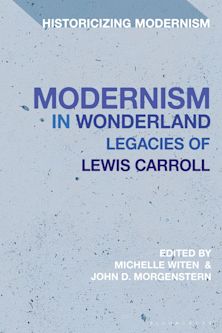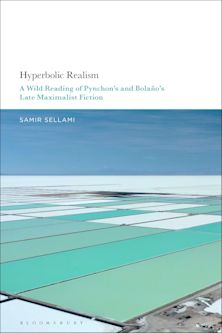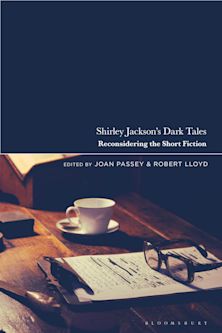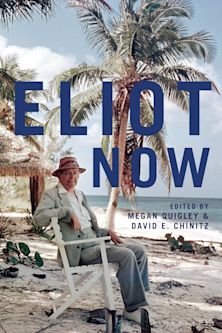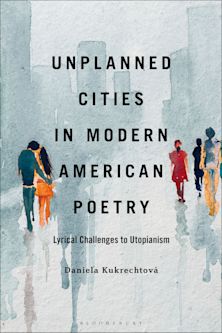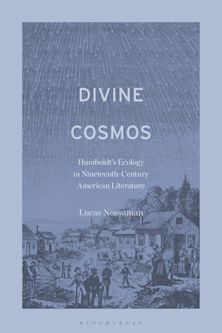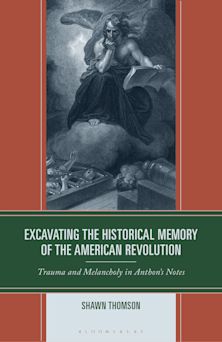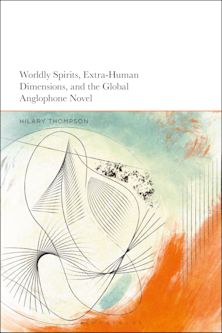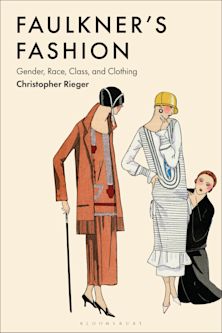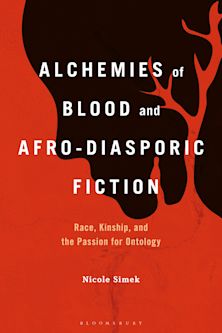- Home
- ACADEMIC
- Literary Studies
- North American and Caribbean Literature
- Women Writing Cloth
This product is usually dispatched within 1 week
- Delivery and returns info
-
Free CA delivery on orders $40 or over
You must sign in to add this item to your wishlist. Please sign in or create an account
Description
Women Writing Cloth: Migratory Fictions in the American Imaginary performs a ground-breaking intervention by uncovering the relationship between literary cloth-working women and migration in a range of American novels across centuries. Bona demonstrates how four authors, Nathaniel Hawthorne, Alice Walker, Sandra Cisneros, and Adria Bernardi, innovate on pre-modern stories of weaving women in order to explore the intricate connections between handwork, resourcefulness, and mobility. Refracted through the lens of women’s migratory experiences vis-à-vis cloth-working aesthetics, Women Writing Cloth examines varied aspects of sewing—embroidering, quilting, and rebozo-making—as textual signifiers of mobility and preservation. Through authorial innovation,women’s handwork constitutes a revolt against a devaluation of cultural heritage and a distrust of the self.
Women Writing Cloth argues that literary, cloth-working women inspire paradigmatic shifts in social codes due to portable skills that enabled their survival in the new world. Bona paints a complex picture of women whose migratory experiences taught them how to live within a stigmatizing culture and beneath institutional powers to control their artistry. Fabric designs assume fuller multicultural meaning when textiles cross borders and tell unspeakable stories that expose constraints typifying gender, race, and heritage. The authors examined simulate the artistic creativity of cloth-work by interrogating traditional assumptions about representation, chronology, and spatial boundaries. Women Writing Cloth breaks new ground to reveal the elaborate relationship between cloth-work expertise and women’s mobility. Variations of cloth-working women showcase a relationship between subversive artistry and institutional oppressions that compel strategies of resistance, enable survival, and, inspired by migration, construct inventive fabric creations. Women Writing Cloth engages the activity of cloth work as a means of reclamation and subversive expression represented in American literature.
Table of Contents
Preface By The Work of Their Hands
Acknowledgments
Chapter 1Women Writing Cloth: An Introduction
Chapter 2 Hester’s Needle: Mending New-World Fragmentation in The Scarlet Letter
Chapter 3 Sister’s Choice and Celie’s Quilted Eloquence in The Color Purple
Chapter 4 The Portable Rebozo: Cisneros’s Caramelo and Metafictional Histories
Chapter 5 Bernardi’s Openwork and Italian Women’s Diasporas
Epilogue È Finita. Pilón
Bibliography
Product details
| Published | Dec 09 2015 |
|---|---|
| Format | Hardback |
| Edition | 1st |
| Extent | 158 |
| ISBN | 9781498525855 |
| Imprint | Lexington Books |
| Illustrations | 5 BW Photos |
| Dimensions | 236 x 159 mm |
| Publisher | Bloomsbury Publishing |
About the contributors
Reviews
-
Mary Jo Bona's Women Writing Cloth: Migratory Fictions in the American Imaginary is a welcome addition to the study of many strands of American literature and erases the borders that divide American Literature into discrete ethno-racial fields.
Italian American Review
-
Women Writing Cloth envisions an American literature in which the textiles of the past and present are not all that different from each other but in fact can be stitched together to create a new, fresh narrative of American literary history.
Tulsa Studies in Women's Literature
-
Literary scholars and students of many stripes should find much to stimulate their research in this short gem of a book . . . Women Writing Cloth makes a valuable contribution to life writing scholarship and promises to generate lively debates among those whose own research covers one or more of the same themes as this volume.
Biography
-
Women Writing Cloth is a well-focused study not only of the role that needlework and knitting have played in the lives of women but also of how women’s handwork finds its way into the literature we read and teach. Mary Jo Bona’s book gives us the tools we need to begin reading cloth itself as a text . . . . Women Writing Cloth is a well-focused study not only of the role that needlework and knitting have played in the lives of women but also of how women’s handwork finds its way into the literature we read and teach. Mary Jo Bona’s book gives us the tools we need to begin reading cloth itself as a text.
MELUS: Multi-Ethnic Literature of the U.S.
-
Mary Jo Bona’s Women Writing Cloth, a slim volume of traditional literary criticism endowed with a personalized feminist voice, reassesses the way we think about women characters in classic and contemporary literature by means of the shared motif of cloth work. . . . Her study serves as a useful basis for rethinking how we read all kinds of artworks and texts with traditional thread, yarn, and fabric scraps as part of a narrative medium. . . . Bona’s personal interest in re-examining these stories via cloth work is present in the sincere feminist appreciation of the depictions of characters whose ethnic identities become inextricably connected to gendered craft. Her discussions of these texts are as carefully detailed and deliberate as the work her own relatives might have brought to an elaborate, hand-stitched embroidery project. . . . Bona’s book provides a model for how to think about various prose narratives about women and craft.
Assay: A Journal of Nonfiction Studies
-
In her new book on the tradition-rich trope of women’s needlework, Mary Jo Bona provides original readings of four ‘cloth-expressive’ novels dealing with migratory cultures of female resistance and creativity. This is an important book and her ‘crazy-quilt’ expertise is delightfully subversive.
William Boelhower, Louisiana State University








